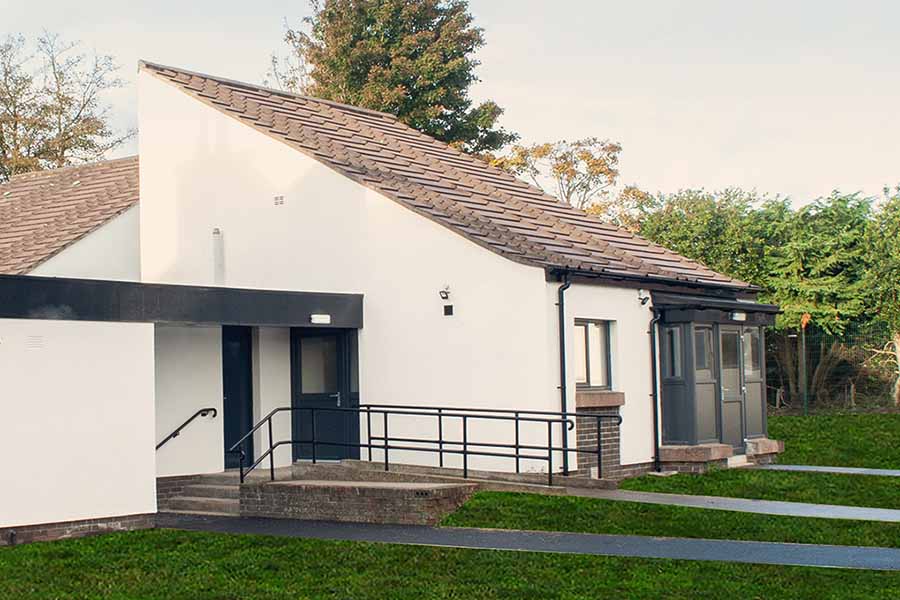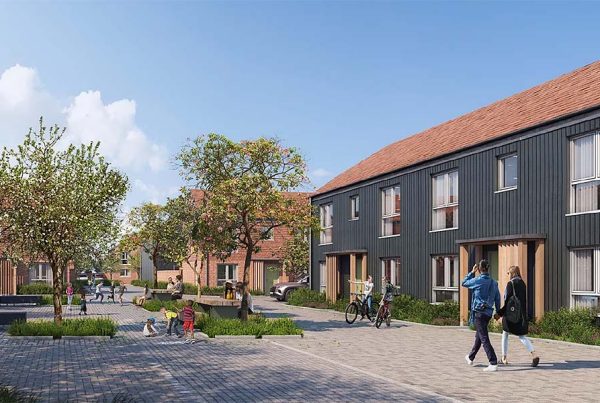
The mix of leasing counterparties makes it tricky to access credit on a traditional basis.
The fact that the UK has a chronic undersupply of housing is well understood and spoken about frequently. What gets less attention is the need to deliver a huge mix of homes to meet needs, including homes that support the most vulnerable in society.
Over the last three years UK institutional investors have increasingly focused on investments addressing the UK housing shortage, in particular the social and affordable sectors. By investing in long-term housing solutions investors can access inflation-linked income and create a positive local impact.
However, it can be a challenging sector for investors to break into because it is very granular – there are many stakeholders to consider, from the local authority to the charity or housing association, management company and the vulnerable adult. Both the level of knowledge needed and the relationships with the various parties can make it challenging for investors to get directly involved.
Importance of private sector funding
Specialist-supported housing provides accommodation for people with learning and physical difficulties, mental health challenges or autism. The current high inflationary environment and public sector debt levels will inevitably put the funding of social housing, care and support under the microscope.
Given the savings private sector capital provides to the wider public purse, the case for investing remains strong for those with a proper understanding of the key market drivers and downside risks. The private sector has a bigger role to play in plugging the gap in delivery.
”A move to long-term leases over the last five years has helped drive more investment into the space.
A move to long-term leases over the last ve years has helped drive more investment into the space. The traditional short-term leases were deterring investors who are generally looking at long-term investment.
The model continues to evolve
As you would expect with a relatively new sector, the model has evolved at pace over the last few years. And while there may have been an initial expectation of a hands-off portfolio management approach, as seen in more traditional property long-lease models, that is not the reality.

There is an opportunity for private capital to help meet the significant demand for social housing.
Close partnerships and transparency is key: there are several different stakeholders, the most important of which is the vulnerable individual who needs a home, together with the leaseholder, the tenant, the care provider and each local council.
For the model to work effectively, each of those stakeholders needs to work together to fulfil their role. If not, and as we have sometimes seen in practice, the whole model can come under pressure.
Solving an acute housing need
There are very few funds available in the unlisted sector that provide specialist-supported housing to extremely vulnerable people, despite the significant demand for this type of housing. Without this housing, individuals are forced to remain in NHS hospitals or care facilities, which as well as being more expensive than specialist-supported housing, is totally inappropriate for these individuals.
Strong relationships with the referral teams in local councils and local care providers, either directly or through development partners, are a must. Ensuring that referrals are identified prior to property acquisition significantly reduces the risk of properties being empty. It can also open up opportunities for investors in the wider housing sector, such as accommodation for children leaving the care system, or more specific temporary and emergency accommodation.
More equal sharing of risks
The sector operates on a long-term lease, typically around 25 years, to a housing association, with annual inflation-linked increases. While this is appealing from an investment perspective, the lease can put pressure on housing associations, especially where occupancy is below target levels.
”New lease clauses are being brought in that formalise risk sharing to help provide housing associations, and their occupational tenants, with long-term protection.
New lease clauses are being brought in that formalise risk sharing to help provide housing associations, and their occupational tenants, with long-term protection. These measures may have a short-term impact on returns but ensure stability in the sector over the long term.
Working in partnership with providers
There are a mix of leasing counterparties that operate in this sector, from small providers all the way up to large national providers. Given they are usually charities or not-for-prot organisations, it is dicult to make assessments on a traditional credit basis. Instead an analysis is typically carried out on an organisations operational capability to assess their ability to manage assets over the longer term.
In supported housing the leaseholder relationship needs to be approached dierently from traditional open-market or aordable housing. These counterparties are partners in the delivery of specialist housing and a supportive proactive approach is essential.
Although there are still challenges to be addressed in specialist supported housing, it is easy to forget the signicant progress that has been made in the sector over the last ve years.
For those who are in it for the long haul, there is an ongoing opportunity for private capital to help meet the signicant demand for specialist social housing, to provide genuinely impactful ESG benets for all stakeholders, a secure income stream, and, most importantly, to provide much-needed homes for the most vulnerable people in our society.


